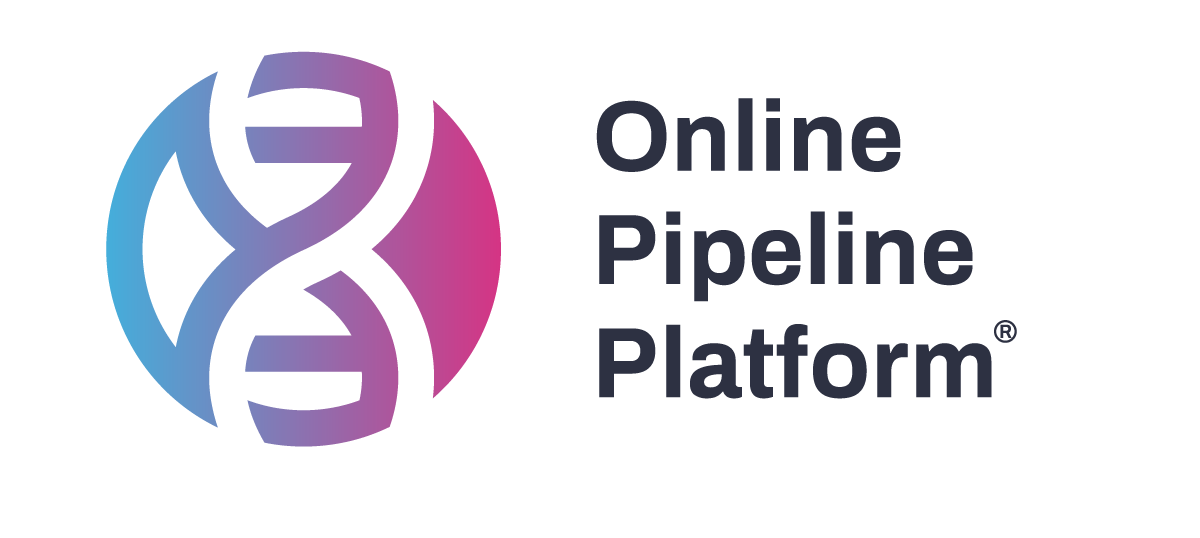Accelerate your bulk RNA sequencing analysis with a pipeline built for efficiency, flexibility, and ease of use. Whether you’re comparing gene expression across conditions or identifying novel biomarkers, our customizable inputs ensure adaptability to diverse experimental designs. Automated pre- and post-processing reports streamline data handling, allowing users—regardless of bioinformatics expertise—to obtain clear, reliable insights effortlessly. Designed for precision and scalability, this pipeline transforms RNA analysis into a seamless experience, delivering results you can trust.

Comprehensive quality assessment of your data
Detailed differential expression analysis across multiple genes
Thorough gene enrichment analysis for biological interpretation
Experience the future of bioinformatics analyses with Online Pipeline Platform (OP2) today!
How the Bulk Transcriptomics works
The workflow processes raw data from FASTQ inputs through alignment, generates gene counts, and performs extensive quality control. Results are provided through interactive reports and a data package containing all essential files for further analysis.

Pre-processing stage of bulk transcriptomics analysis
1. Input – Handles whole (un)stranded transcriptome data (e.g., Illumina), single- or paired-end compressed raw FASTQ files, and reference transcriptomes
2. Sequence QC – Discards low-quality reads
3. Trimming – Removes adapters and performs quality trimming
4. Alignment – Uses STAR to align reads to the reference transcriptome
5. Alignment QC – Generates detailed alignment statistics including read depths, per base quality, and GC content
6. Transcript quantification – Assigns aligned reads to genomic features and constructs expression matrices
Post-processing stage of bulk transcriptomics analysis
1. Matrix preparation – Calculates the mean-variance trend from count matrices
2. Matrix QC – Identifies low-quality libraries and generates summary statistics
3. Data normalization – Normalizes library size to remove technical biases
4. Feature slection – Identifies highly variable genes with biological significance
5. Data integration – Prepares DESeq2 objects for statistical analysis
6. Data scaling – Performs linear transformation for balanced gene representation
7. Dimension reduction – Applies PCA to denoise and cluster the data
8. Sample clustering – Groups samples using hierarchical clustering method
9. Differential expression – Identifies genes with significant expression differences across conditions
10. Gene ontology analysis – Performs functional enrichment analysis to identify biological processes affected by differential expression
Transform your research with OP²
Discover how OP² can accelerate your scientific discoveries.
Experience seamless NGS data analysis, powerful collaboration, and complete control—no commitment, no risk.
"*" indicates required fields
To access the online pipeline platform, log in here.


